Circuit Breakers

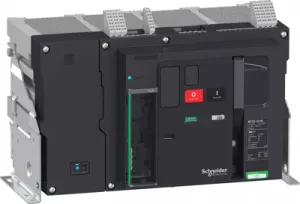
Order No.:
03P6774
Manufacturer SKU:
LV848023

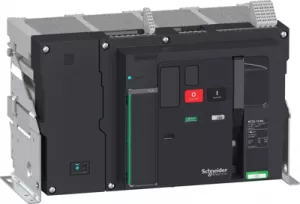
Order No.:
03P6775
Manufacturer SKU:
LV848025

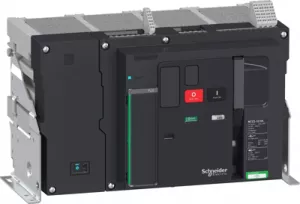
Order No.:
03P6776
Manufacturer SKU:
LV848026

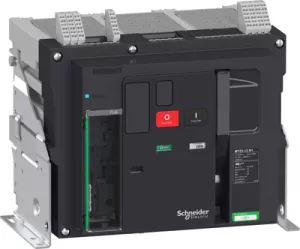
Order No.:
03P6777
Manufacturer SKU:
LV848028

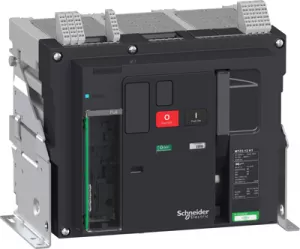
Order No.:
03P6778
Manufacturer SKU:
LV848029

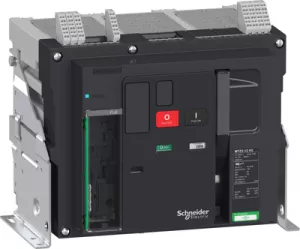
Order No.:
03P6779
Manufacturer SKU:
LV848030

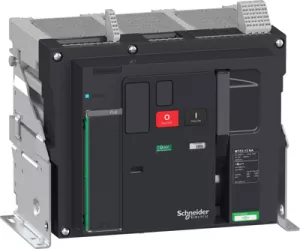
Order No.:
03P6780
Manufacturer SKU:
LV848032

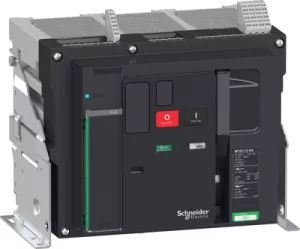
Order No.:
03P6781
Manufacturer SKU:
LV848033

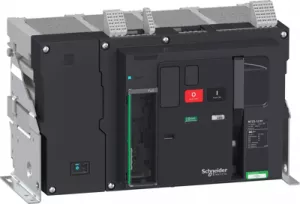
Order No.:
03P6782
Manufacturer SKU:
LV848035

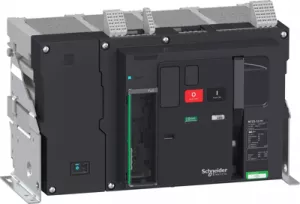
Order No.:
03P6783
Manufacturer SKU:
LV848036

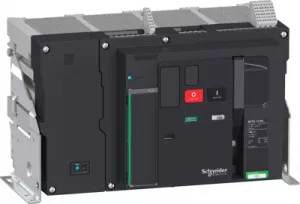
Order No.:
03P6785
Manufacturer SKU:
LV848039

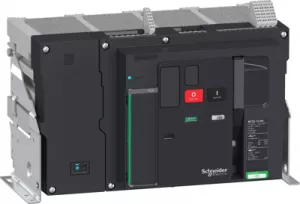
Order No.:
03P6786
Manufacturer SKU:
LV848040

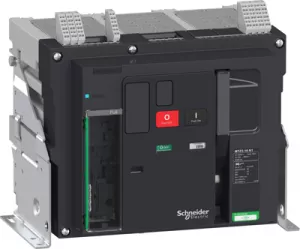
Order No.:
03P6787
Manufacturer SKU:
LV848042

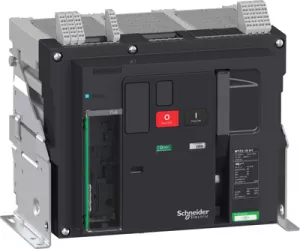
Order No.:
03P6788
Manufacturer SKU:
LV848043

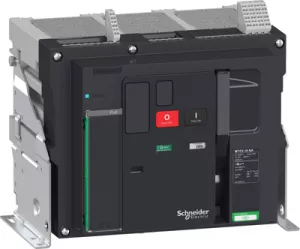
Order No.:
03P6790
Manufacturer SKU:
LV848046

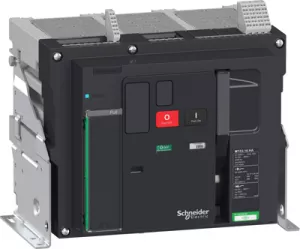
Order No.:
03P6791
Manufacturer SKU:
LV848047

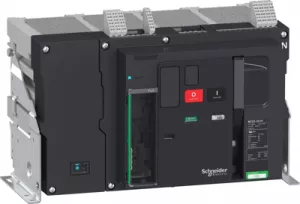
Order No.:
03P6897
Manufacturer SKU:
LV848177

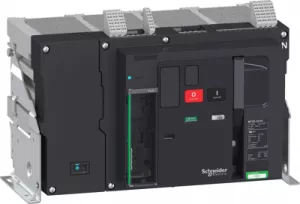
Order No.:
03P6898
Manufacturer SKU:
LV848178

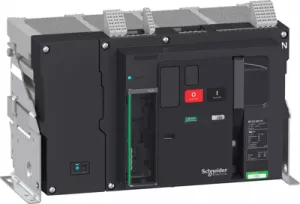
Order No.:
03P6902
Manufacturer SKU:
LV848183

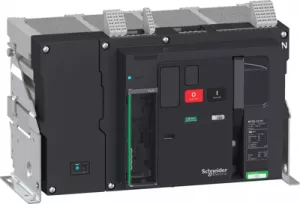
Order No.:
03P6903
Manufacturer SKU:
LV848184
Safety guaranteed: Functions and advantages of switch-disconnectors
Circuit breakers are used to protect electrical circuits by automatically switching off in the event of an overload or short circuit. They can be switched back on, eliminating the need for one-way fuses. Switch-disconnectors, on the other hand, specialize in safely isolating electrical circuits from the power supply.
Unlike circuit breakers, switch-disconnectors do not perform a protective function, but merely ensure safe isolation as well as prevention of accidental switch-on. Both electromechanical components are indispensable in electrical installations and in the energy sector, with circuit-breakers primarily ensuring the protection of installations, while switch-disconnectors are used for maintenance and repairs.